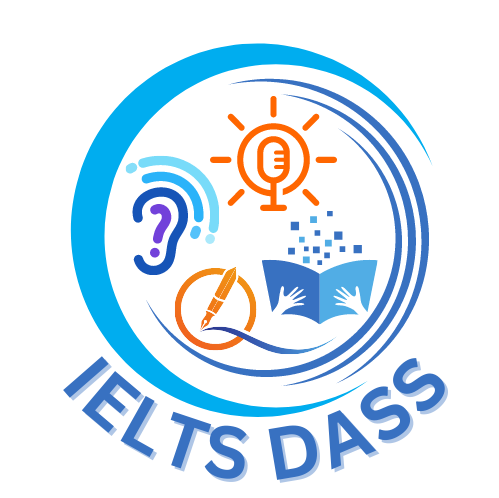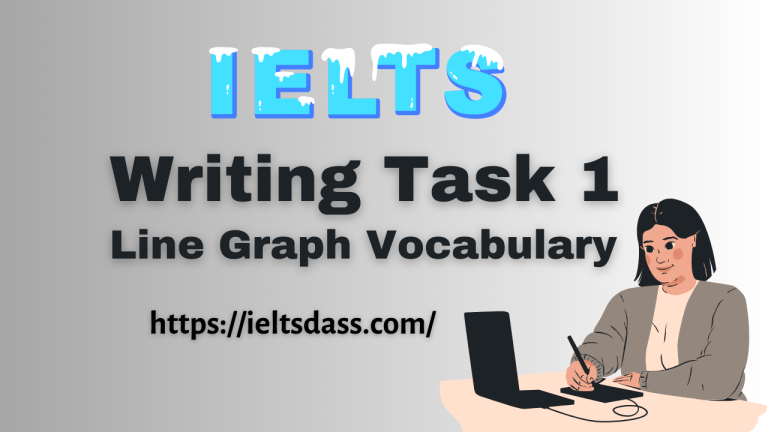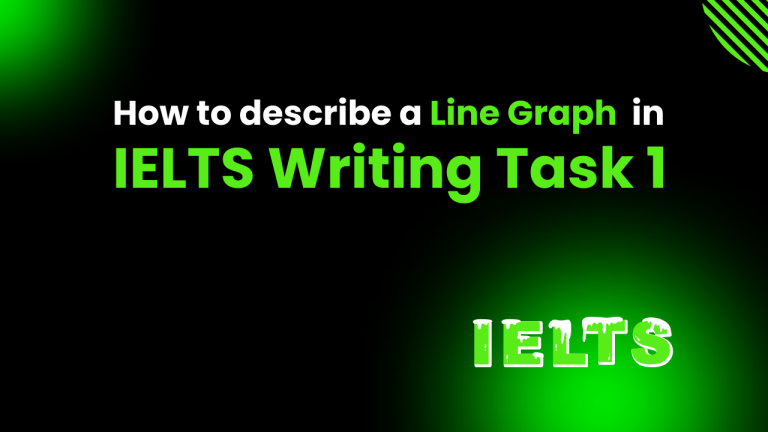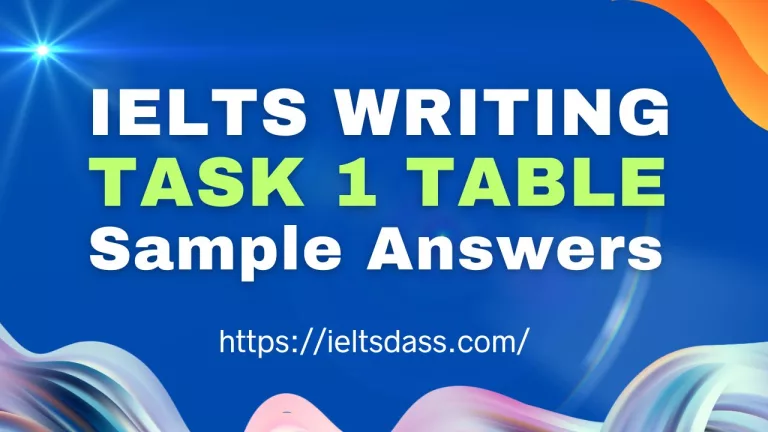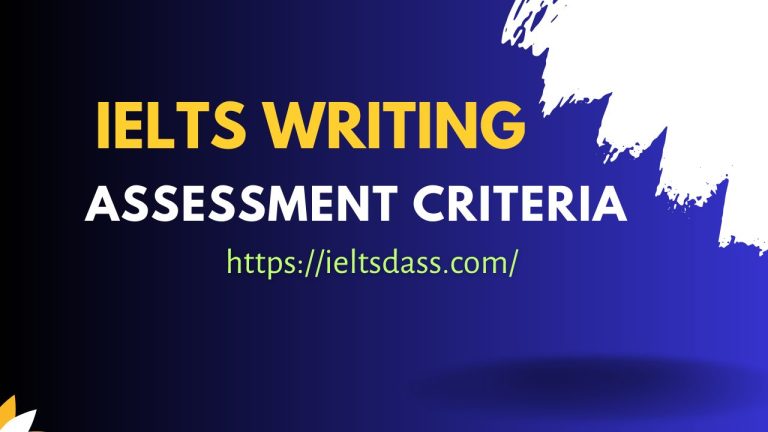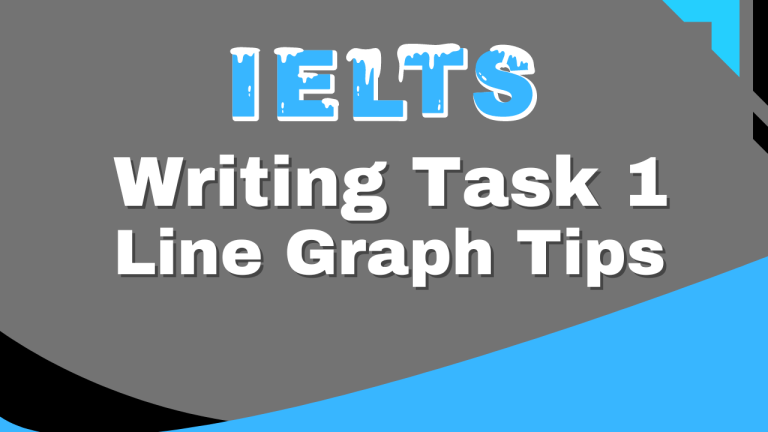Tips for IELTS Writing Task 1
IELTS (International English Language Testing System) is used as an English language proficiency test to go abroad where English is primary language. There are four modules in which IELTS writing is also one of them. Furthermore, IELTS writing is divided into two tasks – Task 1 and Task 2.
IELTS writing task 1 is about writing answer according to the question statement within the limitation of words. IELTS writing task 1 tips will help you to be expert regarding the writing test of IELTS. These below mentioned essential tips for IELTS writing task 1 will help you to be master in writing.
What is IELTS writing task 1?
First of all, you have to understand the statement given in the task 1; what about it is. Therefore, after understanding which type of question you have, begin to write without wasting time. You have 20 minutes to complete the task. Minimum requirement to write answer of the question statement is 150 words; you can exceed but cannot write below the limit. Otherwise, there will be penalty for such kind of job.
Following tips for IELTS writing task 1 are very helpful:
Choose your language
In IELTS academic writing task 1, make sure not to use the exact words which you already have used while writing answer. Use different types of words and sentence structures. Use both types of sentences i.e., complex and compound sentences in IELTS writing task 1. Do not use informal words and sentences in your language. Use both active and passive voices sentences in your answer.
Summary
IELTS writing task 1 tips and tricks are very beneficial for the candidates who are really serious to prepare IELTS and to crack the nut of IELTS writing task 1. These tips for IELTS writing task 1 will support you to make the answer perfect and well structured.
Understanding the question statement and visual aids, choosing right language to use, writing great introduction with no grammatical or spelling mistakes, good command on vocabulary make an answer of task 1 in such a way that you will be awarded by great band scores in the writing test. Practicing daily, understanding the value of time and following the instructions perfectly, knowledge of different types of questions in task 1, good hand writing, techniques to link cohesive devices, having the knowledge of IELTS writing assessment criteria, practicing model answers and aware of IELTS answer sheet structure and its practice are the best tips to perform excellent in the writing test of IELTS task 1.
These tips for IELTS writing task 1 are very helpful for aspirants. If you work on them perfectly, you will be awarded by higher bands .
Practice tests
Practice tests are very helpful regarding the preparation of IELTS. Practice tests help you to familiarize yourself about the nature and structure of the test. There are 9 Cambridge IELTS Practice test books you can practice published by IELTS. In these books, tests are real and authentic. Practice these tests to perform well in IELTS writing task 1.
Do not waste too much time on task 1
Time is precious. In the test of IELTS writing test task 1, you have 20 minutes to solve the question statement. Do not consume more time as its weightage is 3 bands. Other 40 minutes are for task 2. There are 3 bands for writing task 1 and 6 bands for IELTS writing task 2. Understanding, planning, writing and proofreading of task 1 is necessary in 20 minutes.
You can divide your time in sub sections by adding task to each section. Just like spend no more than 3 minutes to plan what to do. 10 – 15 minutes are for writing the answer. After it, other 2 – 3 minutes are specific for proofreading to avoid minor mistakes and set your writing in a good track.
Task 1 band scores and marking criteria
It is necessary to understand how IELTS band scores are calculated. The writing test of IELTS is assessed by four criterions. You have to understand these criterions and fulfil the requirements of these criterions. These four criterions are mentioned below:
- Task achievement
- Coherence and cohesion
- Vocabulary
- Grammatical range and accuracy
These are the main components of IELTS writing assessment criteria. The marking percentage is equally marked for the above mentioned four criterions for IELTS writing task 1. The final score of IELTS writing task 1 is calculated by averaging the above-mentioned criterions.
Task achievement refers to write your answer according to the question statement while coherence and cohesion means to write in such a way that each word is perfect and sentence structure is very relative, and irrelevant material is not added in the answer. There is no repetition of the words in the answers.
You must use good vocabulary and do not do any mistake related to grammar and punctuation in the answers. It is important to note that spelling mistake is not a mistake; it is a blunder, so do not make any spelling mistakes in the answers.
Task 1 types of charts
There are 6 main types of charts in task 1. You need to be aware about that. Pie charts, graph charts, bar charts, diagrams, tables and maps are the types of charts. Practice these sample charts of IELTS to do well in IELTS writing task 1. You need to practice all of these types of charts because it can also be possible to face two different charts in the test, but both will be inter-related to each other.
Write an attractive introduction of paragraph
You have to write four paragraphs in your answer in which one paragraph is about to introduction. It is one of the essential paragraphs of the answer of task 1. You need to practice in the best possible way to write extraordinary introductory paragraph in the test.
For introduction, you have to paraphrase (means to rewrite the sentences by changing words, using synonyms, different sentence structure and their alternatives) the question statement. But other portions of the answer are required to summarize the whole information of the question data.
Overviews for writing task 1
Overview is essential to write in your report. Get the ideas and all key features from the question statement and make an overview with the help of material or content provided by the task like chart, graph or diagram and question statement. You can write overview after introduction or after body paragraph; both are recommended.
Vocabulary
It is most important to have good command on vocabulary especially in the case of IELTS writing. In this test, you have to write well-structured answers and not to write any word again, as repetition is not allowed in writing test. Otherwise, there is penalty for such mistake. Use variety of words and avoid repetition of words.
Grammar
Accuracy in grammar is one of the marking criteria for IELTS writing. If there are lots of mistakes regarding grammar, your band score will be affected. Avoid to do grammatical errors. Try to use complex sentences for making good impression on examiner.
Use clear handwriting
It is one of the most common problems in IELTS writing. Most of the candidates use rough writing in the test; as a result examiner will not understand the writing and the result would be in the form of lower bands.
If your writing is not good, do not worry. Try to write words in a sense that it is clearly understandable. Try not to mix the letters of the words. Write these letters separately to get good bands.
Limitations
As there is clearly mentioned and also you know well about the word limit. Therefore, do not write words below the limit. You should write more words than the required limit, and also remember the time period. Since most of the candidates take much time for task 1 and after it, they think about task 2 which is lengthier than task 1.
Structure for writing task 1
Making a structure and organizing information to provide in a better way are essential to get good bands in IELTS writing task 1. They are also a part of IELTS writing assessment criteria of coherence and cohesion. When you make a plan and organize information in a better way, the number of chances increase to raise band scores. By this method, examiner understands your information in a better way.
Linking words/ cohesive devices
Connecting word to word and sentence to sentence is important to get higher band scores in IELTS writing. A candidate having good command on connectors feels confident to be coherent in his writing. Pay your full attention to the question statement and different types of charts to use linking words because different charts demand different linking verbs.
Model answers for IELTS writing task 1
Models are important to follow for improving your practice in writing test. Different types of models are available on internet, but you need to choose authentic model answers for IELTS writing task 1 for improving your writing in IELTS writing task 1. You can also use different examples given on the blog ieltsdass.com.
Practice using the answer sheet
Answer sheets are also there with different varieties, so you have to practice by official IELTS writing answer sheet to be comfortable in writing during test day. By practicing these answer sheets, you cannot be confused during test, and it saves your time in understanding the structure of answer sheet for IELTS writing.
In a nutshell: tips for IELTS writing task 1
Tips for IELTS writing task 1 are very helpful for the candidates who want to appear in IELTS and get good bands in writing task. These tips are very helpful to improve writing for IELTS as well as for task 1. Understanding task, organizing information, using cohesive devices, choosing specific variety of language and remaining in limits help to make good structure of a report for IELTS writing task 1.
Limit of words, remembering the time period for each task, using clear handwriting, practicing the samples for IELTS writing task 1 answers and answer sheets, and remembering the rules and regulations of grammar and vocabulary make your answer for writing task 1 amazing.
Frequently asked questions (FAQs): tips for IELTS writing task 1
